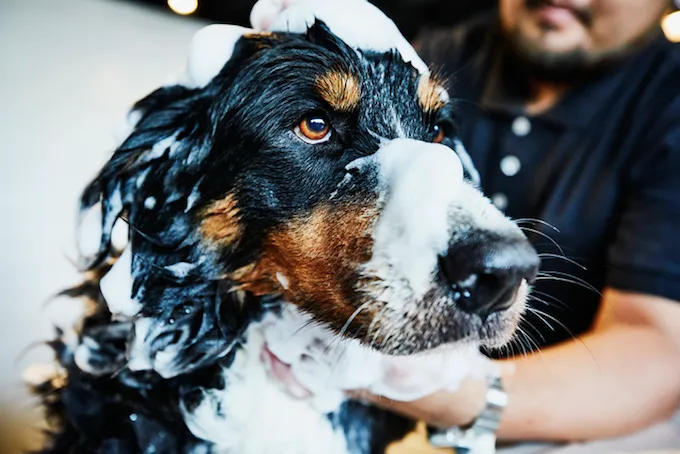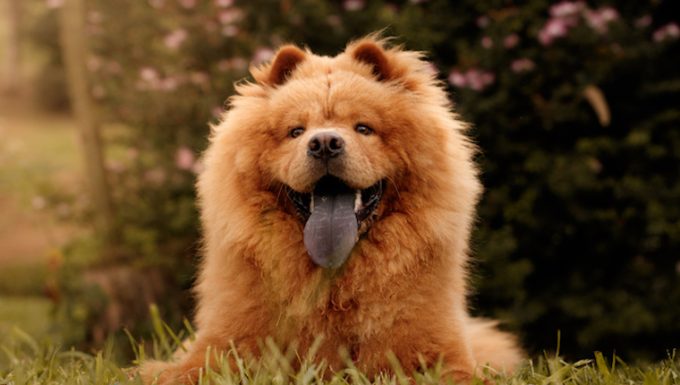Excessive shedding in dogs happens when a dog sheds more than a normal amount of hair. The condition can be a sign that your dog is suffering from an illness.
Additionally, different dog breeds will have different normal amounts of shedding. So it’s important to figure out what’s okay for your own dog.
If you see the signs of the condition in your dog, then get to a veterinarian for a proper diagnosis and treatment.
Here’s what you should know about the symptoms, causes, and treatments for the condition.
Symptoms of Excessive Shedding in Dogs
The condition produces the symptom of shedding more hair than is normal.
Specifically, different dog breeds will have different levels of natural shedding. For instance, the following breeds are high shedders:
- Labrador Retriever
- German Shepherd
- Chow Chow
- Siberian Husky
- Akita
Causes of Excessive Shedding in Dogs

The cause of the condition can be a number of things. For example, some of the most common causes of the condition include:
- Improper diet
- Environmental issues
- Stress
- Hormonal issues
- Allergy to shampoo
- Parasites (including fleas and ticks)
- Endocrine imbalance
Treatments for Excessive Shedding in Dogs
Firstly, your vet will ask about your dog’s symptoms. Secondly, your vet will ask about your dog’s full medical history. This will include breed-specific problems.
Thirdly, a full physical examination will be carried out. Your vet will pay special attention to your dog’s coat.
Generally, your vet will attempt to rule out other conditions that can cause shedding.
Usually, treatment will focus on the underlying cause of the condition. For example, if an improper diet is a factor, your vet will recommend a healthier diet for your dog.
If parasites or an infection are causing the condition, your vet can suggest medicine. As always, if your vet prescribes your dog any medicine, make sure to stick to the correct dose and frequency instructions. Also, complete the full course of medicine.
Generally, sticking to a proper regular grooming routine with your dog can help with the condition. Your vet can guide you on how often you should brush and groom your dog.
Finally, you can read more about how to keep your dog’s coat in top notch condition here!
Have you ever cared for a dog who suffered from this condition? How did your vet help your dog recover? Let us know in the comments section below.









